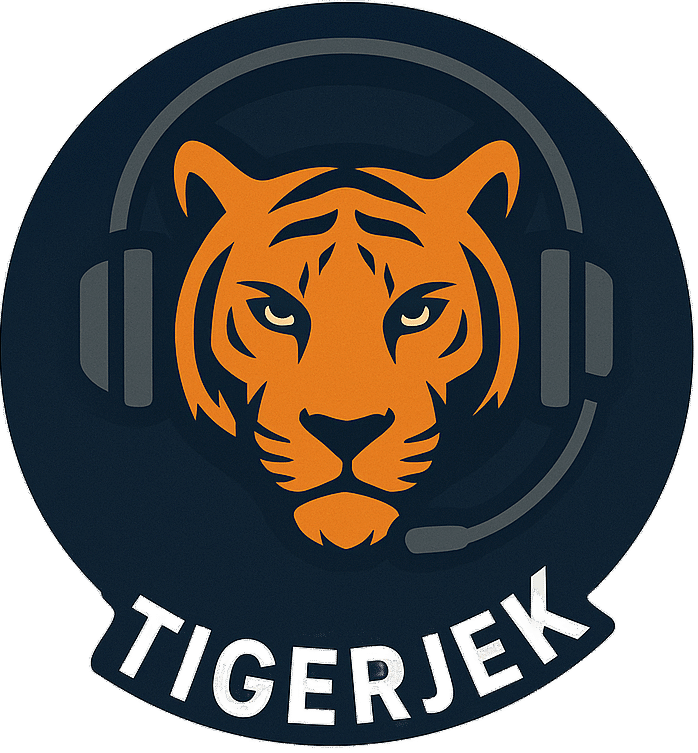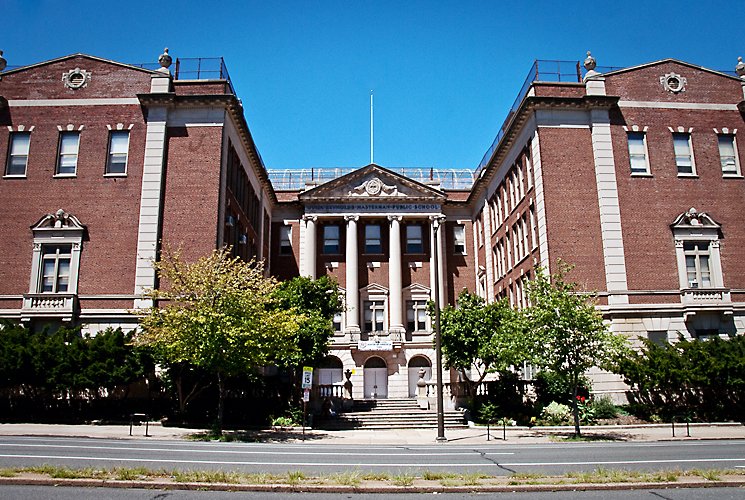Hello guys, Welcome to TigerJek, today we will be going to check out the best schools in Philadelphia that are best for your child in academic, cultural way. Philadelphia is a city with a proud legacy of education. From the founding of the University of Pennsylvania in the 18th century to the city’s current landscape of magnet schools, charter schools, and prestigious private institutions, families in Philadelphia have access to some of the best academic opportunities in Pennsylvania. But with so many options, the challenge for parents is often not finding a good school, but deciding which one is the right fit for their child.
TigerJek explores the best schools in Philadelphia—a balanced mix of public magnets, private schools, and unique institutions that stand out for their academic rigor, extracurriculars, culture, and student success. Each of these schools has a different character, and understanding those differences can help families make informed decisions.
Also Read: Best Schools in Detroit (2025)
The Educational Landscape in Philadelphia
Philadelphia’s school system is diverse. The School District of Philadelphia is one of the largest in the country, serving more than 200,000 students. Within it are neighborhood schools, specialized magnet schools that require applications, and innovative programs like Science Leadership Academy that emphasize project-based learning.
On the private side, Philadelphia has an array of historic schools—many of them Quaker institutions—that combine academic excellence with values-based education. These schools often boast impressive college placement records and strong extracurricular offerings.
Another unique feature of Philadelphia is access. Several private schools offer financial aid, while Girard College stands out as a tuition-free boarding school for students from lower-income families. This mix of opportunities makes Philadelphia one of the most interesting educational cities in the United States.
Best Schools in Philadelphia
1. Julia R. Masterman School
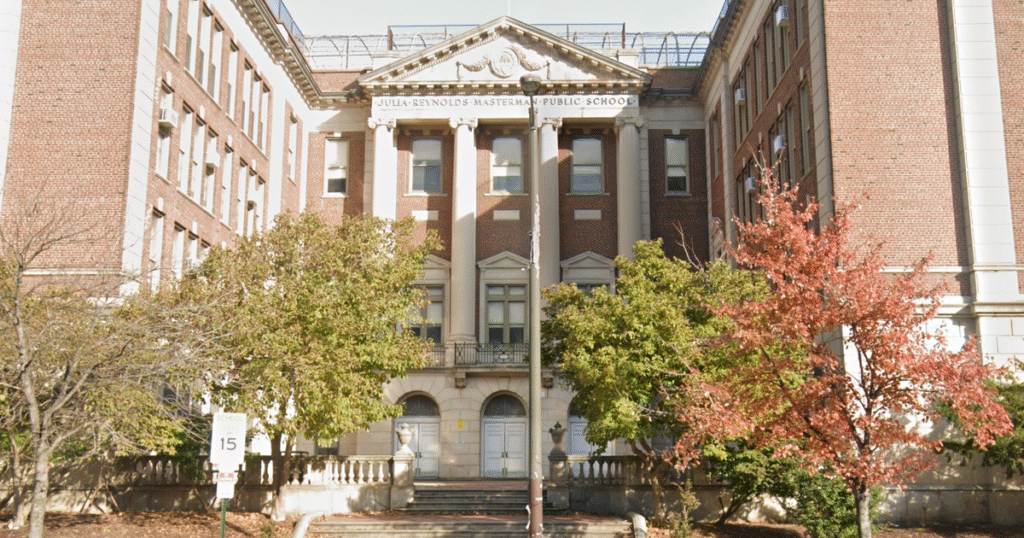
Julia R. Masterman Laboratory and Demonstration School (grades 5–12) is one of Philadelphia’s most selective and highest-performing public magnets. TigerJek sees it not simply as a school, but as a benchmark for academic excellence in the region. Located at 1699 Spring Garden Street, Masterman serves around 1,180–1,200 students.
Admissions & Selectivity: Admission to Masterman is highly competitive. Students entering middle school or high school must typically show very strong prior grades (mostly A’s and B’s), meet attendance requirements (usually 95% or better), and perform well on standardized assessments in reading and math. For high school, additional requirements (such as being enrolled in or having passed Algebra I) often apply. The high school acceptance rate is very low; for example, recent reports indicate only about 3% acceptance for freshman intake.
Academics & Outcomes: Masterman consistently ranks at or near the top of public schools in Pennsylvania. In state testing, about 98% of students are proficient in reading and around 84% in math. The average SAT score is very strong (approximately 1420–1430), and the school maintains a high graduation rate—about 95%. Nearly all graduates go on to college—some reports say 100% college acceptance.
Culture & Extracurriculars: Masterman balances rigor with a supportive, multicultural community. TigerJek notes student feedback emphasizes how seriously classes are taken. Despite intense academics, students report a sense of belonging. Extracurricular offerings are broad: the school fields numerous sports teams (18 sports by some counts), strong performing arts, debate, robotics, languages and AP electives. Masterman’s debates, arts programs, and its prestige—such as awards like National Blue Ribbon—add to its attraction.
Strengths & Challenges: TigerJek sees Masterman’s strengths as its academic performance, its consistent output of high college readiness, and its comprehensive AP offerings. Challenges include intense competition, pressure on students, and facilities that some reviews suggest need modernization
2. Central High School
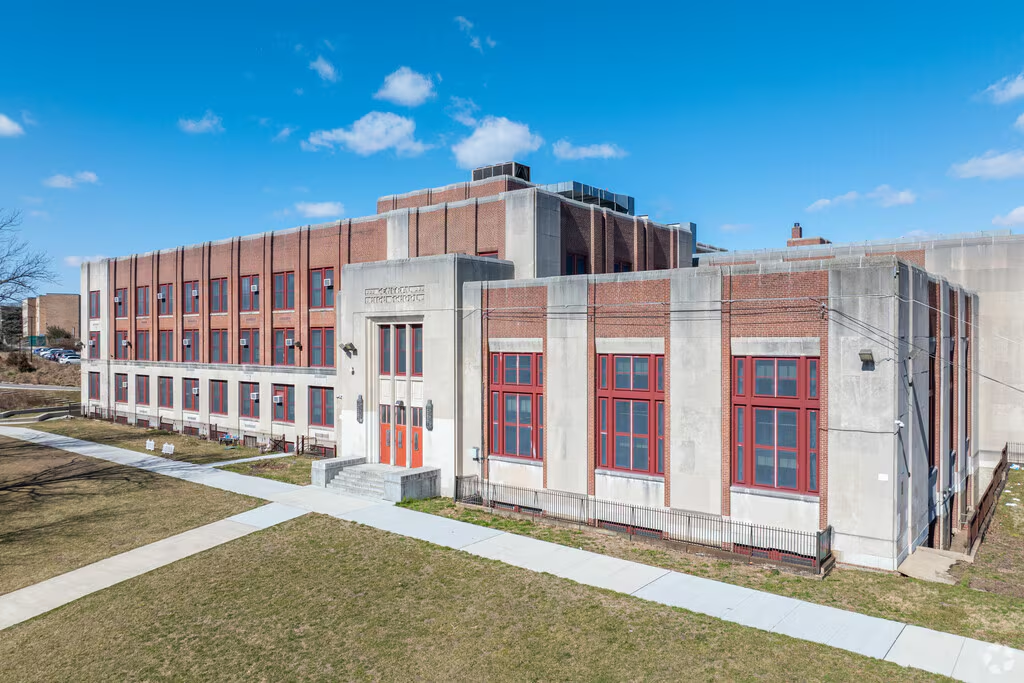
Central High School (grades 9-12) is a storied and highly selective public magnet in the Logan section of Philadelphia. Founded in 1836, it is one of the oldest continuously operating public high schools in the U.S., and the only one in Pennsylvania with state-granted authority to award a Bachelor of Arts degree to graduates who fulfill rigorous academic requirements.
Academics & Curriculum
TigerJek notes Central offers a wide and challenging curriculum. Courses span standard, honors, and Advanced Placement (AP) levels across English, sciences, social studies, languages, mathematics, and arts. For example, the science sequence generally includes Biology, Physics, Chemistry, with opportunities to take AP Biology, AP Physics, Environmental Science, and advanced electives.
Beyond AP, Central also follows the Core Curriculum Framework mandated by the School District of Philadelphia. Students must complete specific credit requirements in English, History, Math, Science, Languages, Physical Education, and a multi-disciplinary project.
Size, Diversity, and Student Life
With about 2,300–2,400 students enrolled across grades 9-12, Central is large yet layered with diverse student backgrounds. Around 72% of students are from minority groups; the largest ethnic group is Asian (~36%), followed by White (~28%), Black (~22%), Hispanic (~10%), plus multiracial students.
Student-to-teacher ratio is ~20:1. While many students describe the environment as rigorous and demanding, they also point to strong peer involvement, high engagement in extracurriculars, and a culture that values both academic achievement and student voice.
Recognition, Reputation & Outcomes
TigerJek observes that Central regularly ranks among the top public schools in both Philadelphia and Pennsylvania. It was named a National Blue Ribbon School in 2024, a recognition of its excellence in academic performance and progress.
On state and national tests, Central students perform well above average. Reading proficiency is nearly universal; math proficiency is also high. Graduation rate is strong (in the high-90s). Students who meet the degree-granting criteria graduate not just with a high school diploma, but with a Bachelor of Arts degree.
Strengths & Considerations
Strengths:
- Long tradition combined with unique degree-granting status.
- Broad and deep academic program with many AP offerings.
- High achievement and recognition (Blue Ribbon, state rankings).
- Diverse student body, strong extracurricular participation.
Considerations:
- Because of its high selectivity and rigorous standards, the workload can be intense. Students need self-discipline and resilience.
- Large student population requires careful time management and proactivity.
Also Read: Best Schools in Kharkiv
3. Girard College
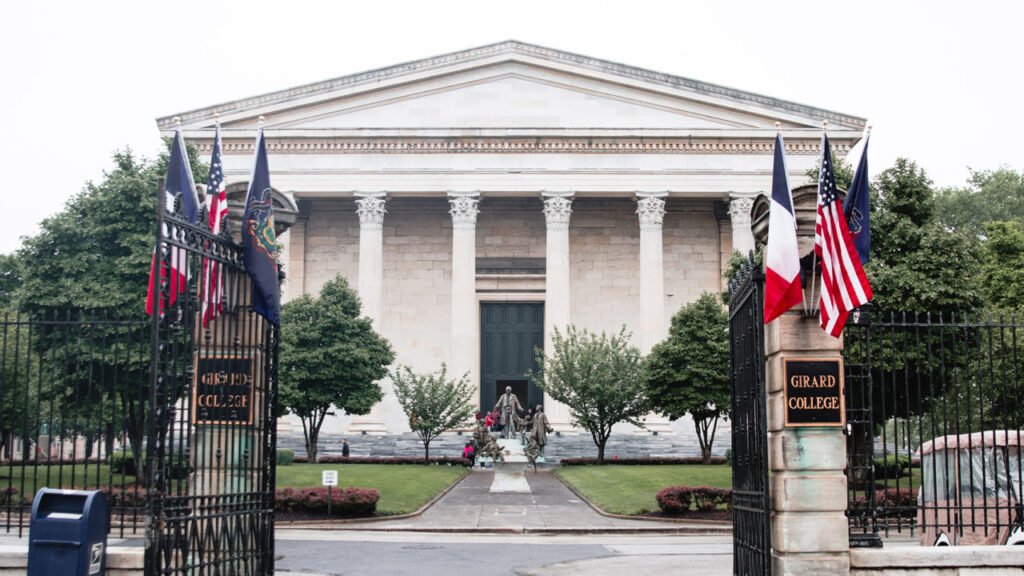
Girard College (Grades 1-12) is a distinct full-scholarship, five-day boarding school in Philadelphia, designed to serve students from underserved households, especially those headed by single parents or guardians. Founded in 1848 by Stephen Girard, its mission remains rooted in providing rigorous college-prep education without tuition costs.
Academics & Learning Environment
TigerJek notes that Girard emphasizes both high academic standards and personal growth. The school maintains small class sizes (about 12:1 student-teacher ratio), allowing instructors to tailor instruction. The curriculum blends STEM and humanities, with a strong focus on critical thinking, writing, discussion, and project-based learning. Enrichment is built in via electives and partnerships with external institutions like Drexel University and the Curtis Institute of Music.
Graduation outcomes are strong: Girard claims 100% strategic placement into post-secondary institutions for graduates. Standardized test performance is solid; for instance, average SAT scores are in the ~1040 range (with some variation), and about 89% of graduates proceed to four-year colleges.
Residential Life & Support
The boarding life at Girard is weekday-based: students live on campus Sunday evenings through Friday afternoons, then return home for the weekend. The residential program includes age-appropriate support beyond academics—social-emotional counseling, peer mentorship, and structured programs to help students grow in responsibility and independence.
Values, Access & Community
TigerJek emphasizes that Girard’s core values—integrity, responsibility, respect, compassion, courage—aren’t just slogans. The school weaves them into daily life, from classroom expectations to extracurricular programming. Because it is tuition-free, its student body is almost entirely from low-income households, which adds both urgency and authenticity to its mission.
4. Springside Chestnut Hill Academy
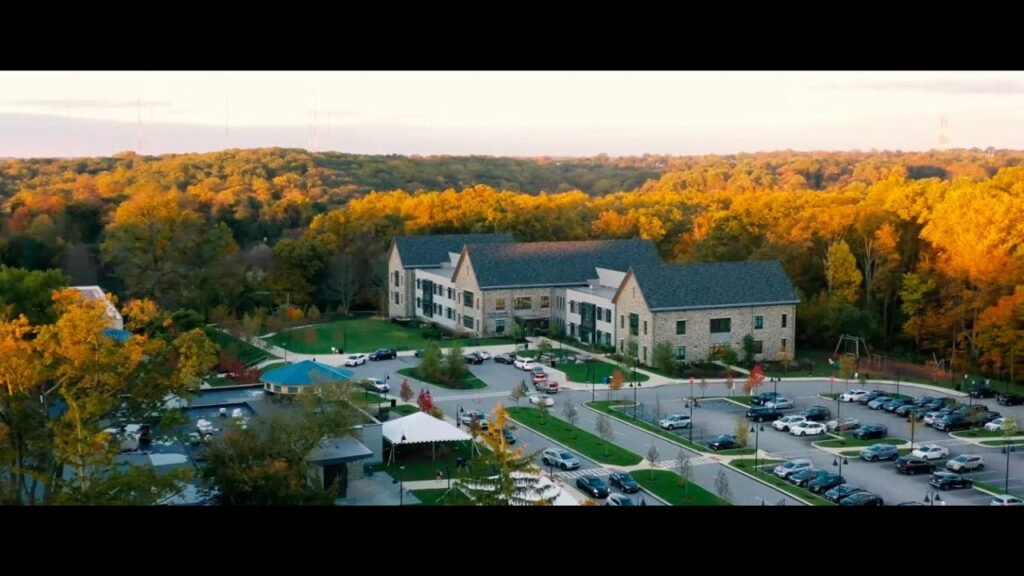
Springside Chestnut Hill Academy (SCH) is a private, co-educational, college-preparatory day school serving students from early childhood through Grade 12. Located on a 62-acre campus in the Chestnut Hill section of Philadelphia, SCH is the result of a 2010 merger between two historic schools—Springside (founded in 1879) and Chestnut Hill Academy (founded in 1861), bringing together nearly 300 years of combined educational tradition.
Academics & Curriculum
TigerJek notes that SCH offers a rigorous core curriculum, complemented by over 100 electives in the Upper School. Students can choose courses like multivariable calculus, global economics, architectural design, advanced media and arts, robotics, and more. The school is especially known for its Center for Entrepreneurial Leadership (CEL)—a signature program embedded from Pre-K through Grade 12. This program incorporates project-based challenges, Capstone experiences in Grade 10, and opportunities for students to carry out independent ventures through the CEL Venture Accelerator.
Student Body, Faculty & Culture
SCH enrolls about 1,200+ students from more than 100 zip codes (including international), bringing a diverse student body. Faculty strength is high: around 73% of teachers hold advanced degrees, and average class sizes are close to 15. The student-teacher ratio is favorable—about 8:1—which allows for personalized attention. The school practices single-sex grouping in Pre-K through Grade 8, shifting to coed in High School, which SCH believes supports developmentally appropriate learning while also preparing students for mixed environments.
Outcomes & Extracurricular Highlights
SCH graduates have strong outcomes: nearly 100% graduation rate, SAT averages around 1290, and college matriculation at high rates. Beyond academics, students are active in robotics and engineering—SCH’s robotics team has won world-level competition awards—and arts and outdoor education play major roles.
Strengths & Considerations
TigerJek sees SCH’s strengths as its blend of tradition and innovation; strong support for entrepreneurial skills; small class sizes; and excellent facility resources. On the other hand, families should note the high tuition, admissions competitiveness, and expectations—students who enroll should be ready for a busy schedule and robust academic challenge.
Also Read: Best schools in Cincinnati
5. Germantown Friends School (GFS)
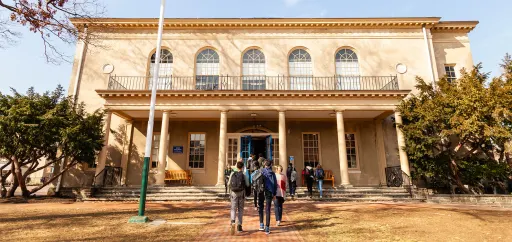
Germantown Friends School (Pre-K-12) is a private, Quaker, co-educational day school in the Germantown neighborhood of Philadelphia. Founded in 1845, GFS stands out not just for its long history but for how it combines rigorous academics with values, community engagement, and diversity.
Academics & Outcomes
TigerJek observes that GFS delivers strong academic results. The school’s student:-faculty ratio is about 5:1, which enables more personalized instruction. Students in the Upper School choose among more than 70 “mini-courses” in addition to the standard curriculum, allowing exploration beyond core subjects. GFS graduates have a 100% four-year college matriculation rate. On standardized tests, the average SAT score is close to 1,390 to 1,400, and the average ACT around 32.
Values & Culture
Quaker principles guide daily life at GFS: honesty, respect, community, equality, and ethical thinking are woven into the curriculum and student conduct. The school’s mission emphasizes nurturing students’ mind, body, and spirit, and approaching education as not just acquiring knowledge, but also developing character. Diversity, equity, inclusion, and environmental stewardship are part of the strategic vision — GFS seeks to honor differences and cultivate cultural understanding among students.
Student Life & Extracurriculars
GFS offers more than academics. With 60-plus student-led clubs and affinity groups, students get chances to explore interests in arts, activism, social justice, environmental issues, world languages, and more. For athletics, GFS participates in the Friends Schools League and fields many teams.
Strengths & Considerations
TigerJek notes GFS’s strengths include its academic rigor balanced by strong moral and ethical instruction, low student-teacher ratio, excellent college outcomes, and abundant opportunities for student voice and leadership. On the flip side, tuition is high (approx $46,750), and students need to thrive in a setting that expects both responsibility and intellectual curiosity.
6. Friends’ Central School
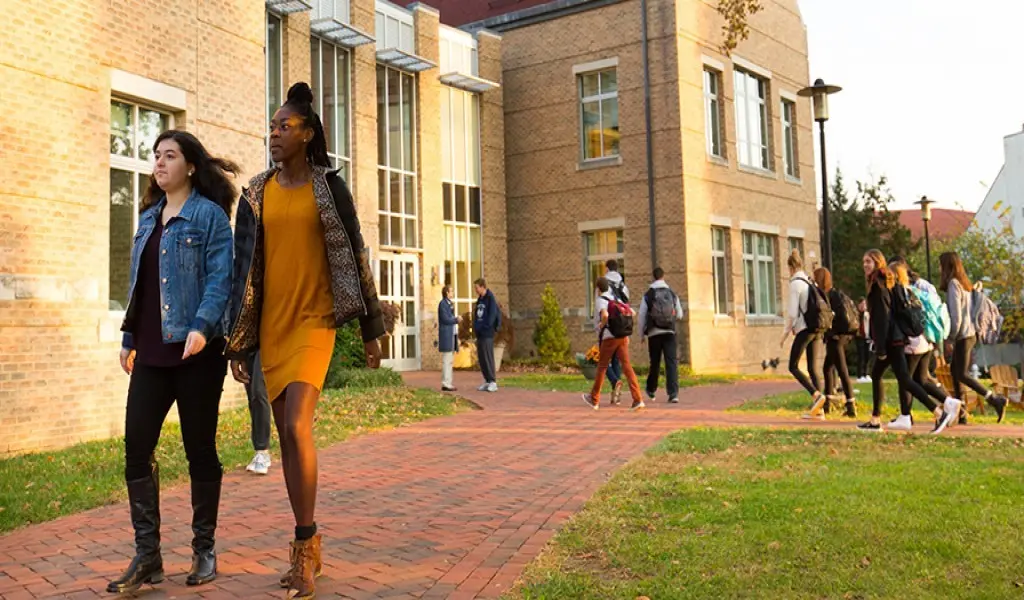
Friends’ Central School (Nursery-12) is a Quaker, independent, co-educational day school located in Wynnewood, Pennsylvania, just outside Philadelphia. Established in 1845, it offers a college-preparatory education rooted in Quaker values, grounded in intellectual rigor as well as ethical and personal growth.
Academics & Programs
TigerJek observes that Friends’ Central’s academic program is designed to challenge students from the earliest grades through Upper School. The school emphasizes inquiry, critical thinking, and a love of learning. In Lower School, learning often happens through exploration, play, and hands-on experiences. Middle School introduces more structured coursework, STEAM (science, technology, engineering, arts, mathematics), robotics, computer science, and design thinking via its Center for Innovation & Design (CID). Upper School offers rigorous and diverse classes, independent projects, and opportunities for student-driven research.
SAT / ACT scores at Friends’ Central tend to be well above average: around 1330 on the SAT and 32 on the ACT. College matriculation is strong—nearly 100 % of graduates go on to four-year colleges.
Culture & Values
Guided by Quaker principles—integrity, equality, stewardship, peace, and community—Friends’ Central emphasizes character development. Students participate in weekly Meeting for Worship, complete service hours, and engage in discussions about ethical issues. The school environment encourages respectful dialogue, reflection, and personal responsibility.
Extracurriculars & Opportunities
Friends’ Central offers a wide array of extracurriculars: more than 65 clubs including robotics, environmental groups, Model UN, arts, and athletics. There are roughly 17 interscholastic sports offered—everything from swimming, tennis, and soccer to wrestling, track & field, and more. The school also has strong offerings in innovation and design. The CID space gives students access to maker labs, tools for design, tech, robotics, and collaborative projects.
Strengths & Considerations
TigerJek sees strengths in FCS’s balanced approach: excellent academics plus ethical grounding, small class sizes (average ~14), strong teacher qualifications, and committed college prep. On the flip side, tuition is high (around US $46,000) for the upper grades, and students admitted will need both academic curiosity and time management skills to handle the workload and wide range of offerings.
Also Read: Best Schools in Istanbul
7. Science Leadership Academy (SLA)

Science Leadership Academy (Grades 9-12) is a public magnet high school in Philadelphia that opened in 2006, the result of a partnership between The Franklin Institute and the School District of Philadelphia. SLA is built around inquiry-based, project-driven learning, with a strong emphasis on technology, creativity, and preparing students for real-world challenges.
Academics & Curriculum
TigerJek notes that SLA’s curriculum is structured around themes each year (Identity in 9th grade; Systems in 10th; Change in 11th; Creation in 12th) that tie classroom work, electives, and projects together. All classes are heterogeneously grouped (no separate honors vs non-honors), giving students from varied backgrounds a common experience. There’s also a 1:1 laptop program, so students use technology routinely inside and outside the classroom. Electives include digital media, engineering, drama, art, creative writing, and more. Senior year includes a capstone project where students design and present a culminating work.
Student Body, Performance & Culture
SLA serves around 500 students. Student-teacher ratio is approximately 17:1. The student population is diverse: about 64% minority enrollment with many students identifying as Black, Hispanic, Asian, etc. A high percentage of students are economically disadvantaged.
On state assessments, SLA significantly outperforms many other public schools in Philadelphia. For example, roughly 65-70% of students are proficient in mathematics (versus a much lower state average), and about 80-84% in reading/language arts. Graduation rate is very high (≈95% or more).
Strengths & Considerations
Strengths:
- Thematic, project-based learning promotes engagement, creativity, and cross-subject connections.
- Strong tech integration with the laptop program and varied electives (engineering, film, digital media).
- Diversity and broad inclusivity; SLA gives students from various backgrounds access to high-quality, innovative education.
- High performance in reading and math compared to many peers in the district, plus a solid graduation rate.
Considerations:
- Because SLA relies on student self-direction, students who prefer more traditional, lecture-driven classes might find the structure challenging.
- The elective and project approach demands good time management.
- The student-teacher ratio is higher than in some private schools, which means less one-on-one compared to smaller institutions.
8. William Penn Charter School
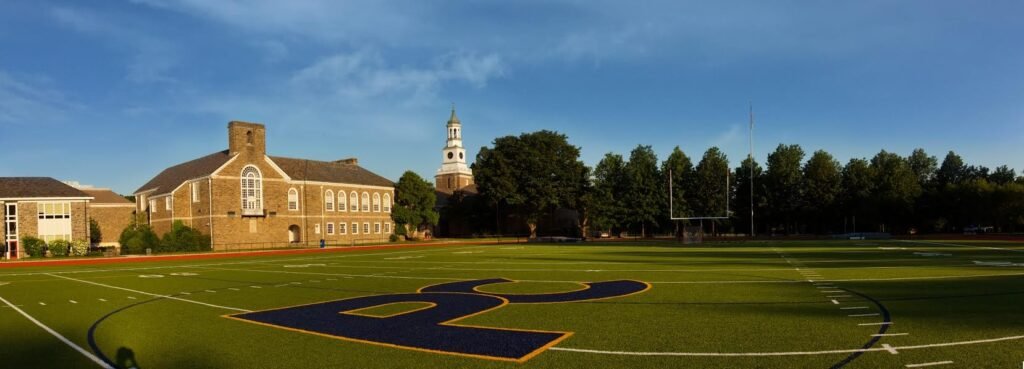
William Penn Charter School (Pre-K through Grade 12) is a private, coeducational Friends school founded in 1689 by William Penn himself. It’s the oldest Quaker school in the world and one of America’s oldest continuously operating schools. Located in the East Falls neighborhood of Philadelphia, Penn Charter occupies a lush 47-acre campus (“academic village”) with separate buildings for Lower, Middle, and Upper Schools, plus state-of-the-art academic, arts, and athletic facilities.
Academics & Faculty
TigerJek notes that Penn Charter emphasizes rigorous college-preparatory and holistic education. The curriculum includes honors and Advanced Placement (AP) courses, strong offerings in STEAM (science, technology, engineering, arts, and mathematics), visual/performing arts, and a broad humanities program. Students are encouraged not only to master content but to develop skills like ethics, critical thinking, and global awareness.
Faculty strength is a highlight: about 75% of teachers hold advanced degrees, class sizes average around 15 students, and the student-to-teacher ratio is about 9:1, enabling more personalized instruction.
Culture, Values & Student Life
Rooted in Quaker values—such as equality, integrity, community, respect, and service—Penn Charter weaves ethics into all aspects of life. Students engage in civic service, reflection, environmental sustainability, and character development alongside academics.
Extracurriculars are robust. The school supports more than 30 varsity sports, strong arts programs, and lots of clubs. Students come from over 100 zip codes, giving it both geographic and cultural diversity. Financial aid is significant: around 40-41% of students receive need-based aid.
Outcomes & Considerations
Penn Charter graduates are well prepared for college; nearly all matriculate to four-year universities. SAT/ACT scores tend to be solid, and students leave with strong college-readiness.
On the flip side, tuition is high (approximately US$44,150 for the highest grades) and competition for admission is strong. Families should be prepared for both academic rigor and the cost.
Choosing the Right School in Philadelphia
With so many top schools in Philadelphia, parents face an important decision: which one is right for their child? TigerJek suggests considering the following factors:
- Academic Style: Does the student thrive in a structured environment (like Masterman) or a project-based one (like SLA)?
- Values: Is a Quaker-based education appealing, or does the family prefer a secular approach?
- Location and Commute: For busy families, proximity can play a big role.
- Extracurriculars: Does the school offer programs that match the student’s passions?
- Affordability: Public schools and Girard College provide strong options without tuition, while private schools often offer financial aid.
Ultimately, the best choice depends on a student’s strengths, personality, and long-term goals.
FAQs About Schools in Philadelphia
Q: What are the best public schools in Philadelphia?
Julia R. Masterman, Central High, and Science Leadership Academy are widely regarded as the top public schools in the city.
Q: What private schools in Philadelphia have the strongest reputations?
Springside Chestnut Hill Academy, Germantown Friends, Friends’ Central, and William Penn Charter are among the city’s leading private institutions.
Q: Are there tuition-free private schools in Philadelphia?
Yes. Girard College is a unique tuition-free boarding school serving students from families with limited financial means.
Q: Do Quaker schools dominate Philadelphia’s private education scene?
Many of the city’s most respected private schools—such as Germantown Friends, Friends’ Central, and Penn Charter—are Quaker-founded and continue to emphasize values-based education.
Q: How do families apply to magnet schools like Masterman or Central High?
Admission is competitive and typically requires strong grades, test scores, and teacher recommendations. Applications are submitted through the School District of Philadelphia.
Q: Which schools in Philadelphia focus on innovation and technology?
Science Leadership Academy is the standout for project-based learning and technology integration, though many private schools also invest heavily in STEM programs.
Final Thoughts from TigerJek
Philadelphia is a city that blends history and innovation, and its schools reflect that balance. From 17th-century institutions like William Penn Charter to modern experiments in education like Science Leadership Academy, families have options that can meet virtually any need.
For parents, the challenge is not in finding quality—it’s in choosing among many excellent possibilities. Whether a child thrives in a structured academic magnet, a Quaker community, or a boarding environment, Philadelphia’s schools offer opportunities that can shape futures and open doors.
TigerJek’s exploration of the best schools in Philadelphia shows that the city is not just rich in culture and history—it is also rich in education, giving families the tools to help their children succeed.
